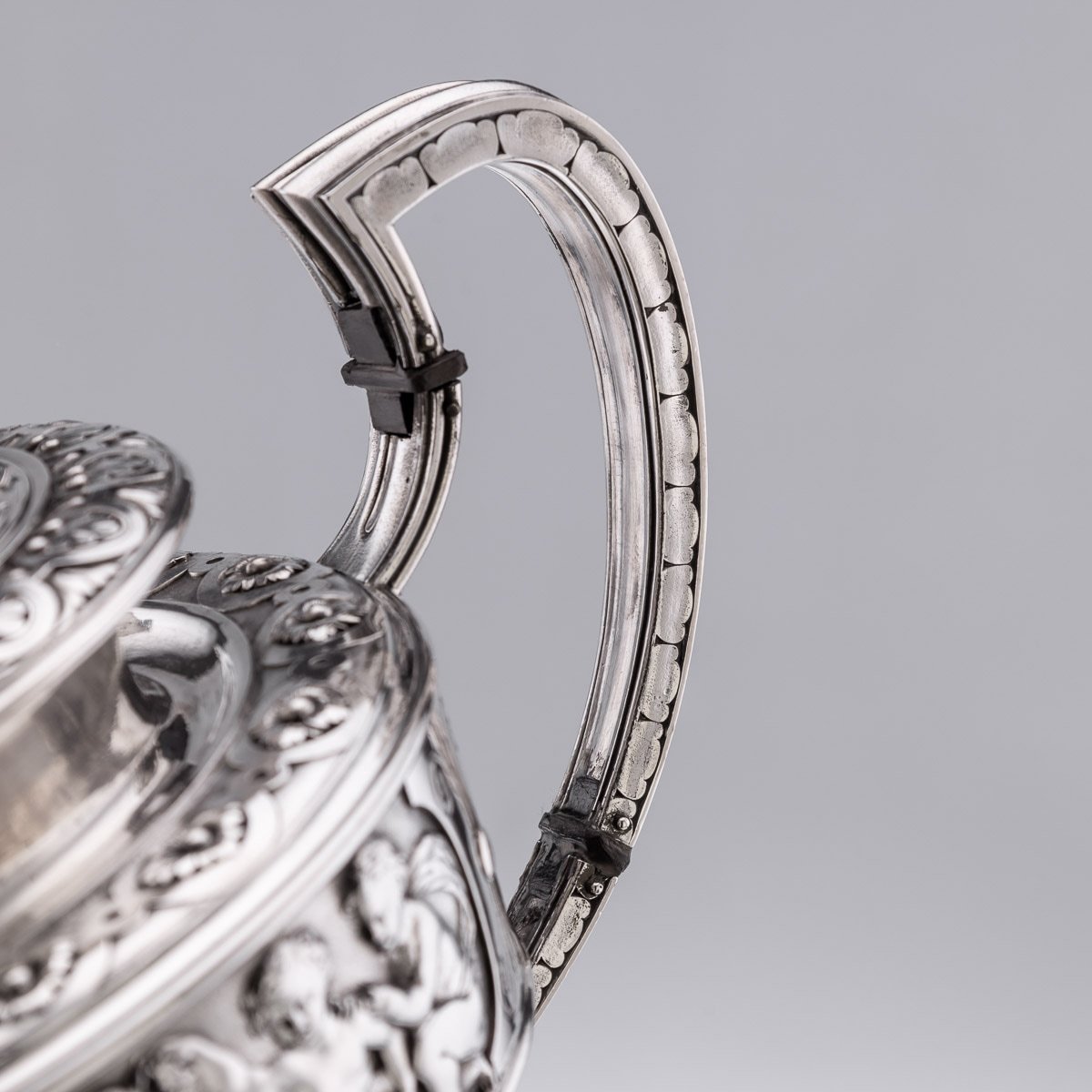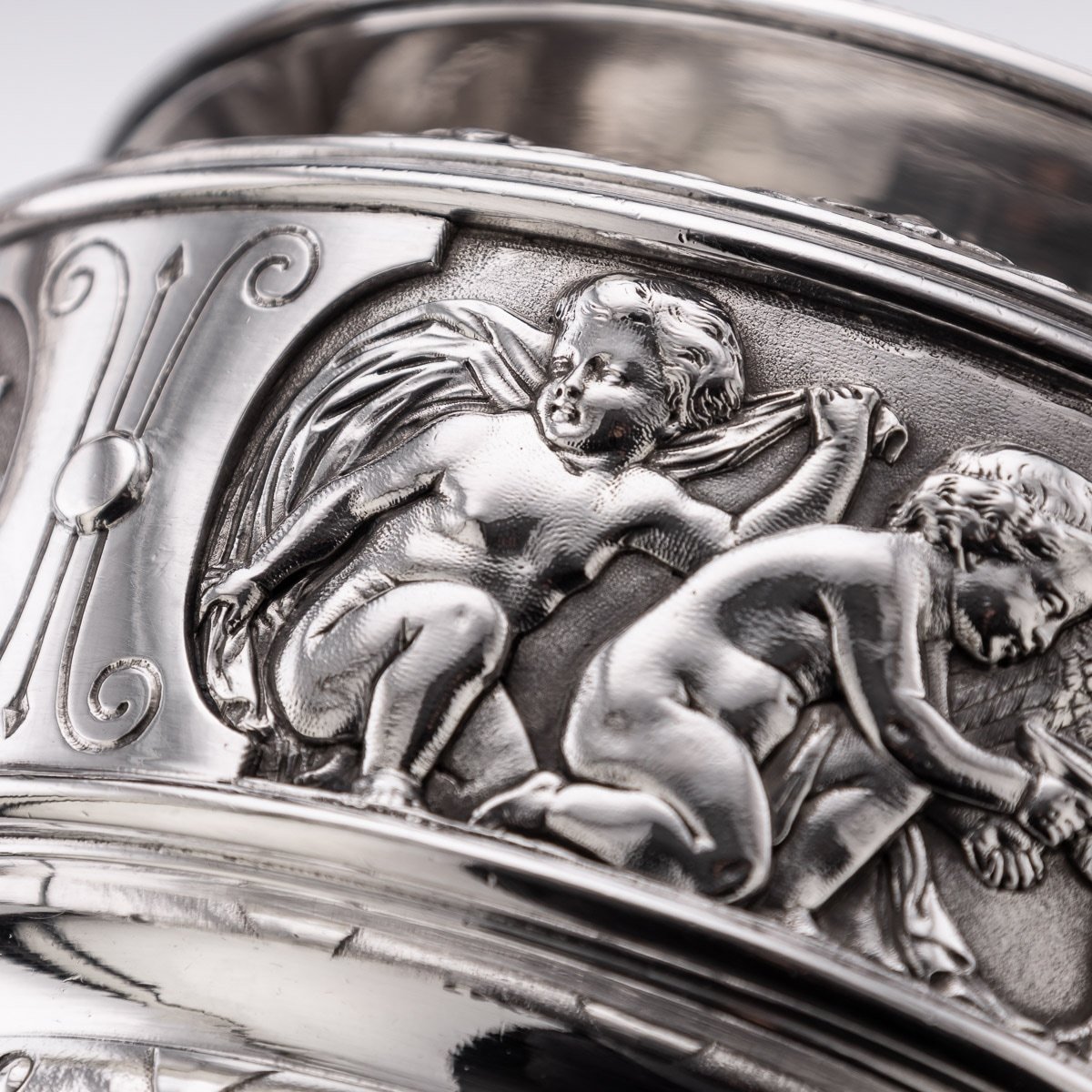 Image 1 of 55
Image 1 of 55

 Image 2 of 55
Image 2 of 55

 Image 3 of 55
Image 3 of 55

 Image 4 of 55
Image 4 of 55

 Image 5 of 55
Image 5 of 55

 Image 6 of 55
Image 6 of 55

 Image 7 of 55
Image 7 of 55

 Image 8 of 55
Image 8 of 55

 Image 9 of 55
Image 9 of 55

 Image 10 of 55
Image 10 of 55

 Image 11 of 55
Image 11 of 55

 Image 12 of 55
Image 12 of 55

 Image 13 of 55
Image 13 of 55

 Image 14 of 55
Image 14 of 55

 Image 15 of 55
Image 15 of 55

 Image 16 of 55
Image 16 of 55

 Image 17 of 55
Image 17 of 55

 Image 18 of 55
Image 18 of 55

 Image 19 of 55
Image 19 of 55

 Image 20 of 55
Image 20 of 55

 Image 21 of 55
Image 21 of 55

 Image 22 of 55
Image 22 of 55

 Image 23 of 55
Image 23 of 55

 Image 24 of 55
Image 24 of 55

 Image 25 of 55
Image 25 of 55

 Image 26 of 55
Image 26 of 55

 Image 27 of 55
Image 27 of 55

 Image 28 of 55
Image 28 of 55

 Image 29 of 55
Image 29 of 55

 Image 30 of 55
Image 30 of 55

 Image 31 of 55
Image 31 of 55

 Image 32 of 55
Image 32 of 55

 Image 33 of 55
Image 33 of 55

 Image 34 of 55
Image 34 of 55

 Image 35 of 55
Image 35 of 55

 Image 36 of 55
Image 36 of 55

 Image 37 of 55
Image 37 of 55

 Image 38 of 55
Image 38 of 55

 Image 39 of 55
Image 39 of 55

 Image 40 of 55
Image 40 of 55

 Image 41 of 55
Image 41 of 55

 Image 42 of 55
Image 42 of 55

 Image 43 of 55
Image 43 of 55

 Image 44 of 55
Image 44 of 55

 Image 45 of 55
Image 45 of 55

 Image 46 of 55
Image 46 of 55

 Image 47 of 55
Image 47 of 55

 Image 48 of 55
Image 48 of 55

 Image 49 of 55
Image 49 of 55

 Image 50 of 55
Image 50 of 55

 Image 51 of 55
Image 51 of 55

 Image 52 of 55
Image 52 of 55

 Image 53 of 55
Image 53 of 55

 Image 54 of 55
Image 54 of 55

 Image 55 of 55
Image 55 of 55
























































ANTIQUE 19thC FRENCH SOLID SILVER TEA SERVICE ON TRAY, ODIOT, PARIS c.1860
Reference Number: A8374
19th Century French silver tea & coffee service on tray, comprising of a coffee pot, teapot, sugar bowl, cream jug and large oval tray. Each piece with panel reserves, cast as putto in various pursuits, the tray handles capped with cast reclining putto, exceptional high quality and extremely heavy gauge, bbeautifully engraved with scrolls and flowers throughout and intricately ornate boarders.
Hallmarked French Minerva (950 silver), Paris, inventory numbers 1949, 1950, 1951, 1952, 4394, Makers mark Odiot.
Reference Number: A8374
19th Century French silver tea & coffee service on tray, comprising of a coffee pot, teapot, sugar bowl, cream jug and large oval tray. Each piece with panel reserves, cast as putto in various pursuits, the tray handles capped with cast reclining putto, exceptional high quality and extremely heavy gauge, bbeautifully engraved with scrolls and flowers throughout and intricately ornate boarders.
Hallmarked French Minerva (950 silver), Paris, inventory numbers 1949, 1950, 1951, 1952, 4394, Makers mark Odiot.
Reference Number: A8374
19th Century French silver tea & coffee service on tray, comprising of a coffee pot, teapot, sugar bowl, cream jug and large oval tray. Each piece with panel reserves, cast as putto in various pursuits, the tray handles capped with cast reclining putto, exceptional high quality and extremely heavy gauge, bbeautifully engraved with scrolls and flowers throughout and intricately ornate boarders.
Hallmarked French Minerva (950 silver), Paris, inventory numbers 1949, 1950, 1951, 1952, 4394, Makers mark Odiot.
DESCRIPTION
Antique mid-19th Century Exceptional French solid silver tea & coffee service on tray, comprising of a coffee pot, teapot, sugar bowl, cream jug and large oval tray. Each piece with panel reserves, cast as putto in various pursuits, the tray handles capped with cast reclining putto, exceptional high quality and extremely heavy gauge, bbeautifully engraved with scrolls and flowers throughout and intricately ornate boarders. Each part is Hallmarked French Minerva (950 silver standard), Paris, inventory numbers 1949, 1950, 1951, 1952, 4394, Makers mark Odiot.
La Maison Odiot, or House of Odiot was founded in 1690 by Jean-Baptiste Gaspard Odiot, fine silversmith during the reign of Louis XV.
However it was with his grandson, Jean Baptiste Claude Odiot (born in 1763) that the firm reached its peak of notoriety, receiving exceptional commissions from Napoleon’s court and the most important Royal families of the world.
In 1802 the firm participated at the International Exposition de l’Industrie in Paris winning the gold medal. Soon after, Odiot succeeded Henry Auguste as Napoleon’s official silversmith and was commissioned both the sceptre and the sword for his coronation in 1804, two massive dinner services for Napoleon’s mother and sister and one for the Emperor’s campaigns.
Jean Baptiste Claude is certainly the most iconic silversmith of the Empire style, influenced by the return of the classical Greek and Egyptian patterns: his pieces, often silver-gilt, are characterised by neoclassical forms and figural elements, often fixed with rivets and bolts, and not by the classic soldering method.
Jean Baptiste Claude retired in 1823, and his son Charles Nicholas took over the business. By 1825 he was already purveyor of silverware by appointment to His Majesty the King Louis-Philippe and to the Royal Family of Orleans and he started experimenting with electroplating, a technique he imported from England. Charles Nicolas excelled in the Rococo style, featuring shells and scroll motifs, flowers and richly ornate elements.
Charles Nicholas was succeeded by his son Gustave who worked for the firm from 1856 through 1906. He accepted the most majestic commission ever received by the company: 3000 pieces of solid gold flatware for the Viceroy of Egypt, Said Pacha.
The House of Odiot is still active nowadays, counting on an extraordinary long story and heritage and its pieces are displayed in the most important museums of the world such as the Musée du Louvre and the Metropolitan Museum in New York.
CONDITION
In Great Condition - No Damage.
SIZE
COFFEE POT
Height: 28cm
Width: 26 x 15cm
Weight: 1740g
TEAPOT
Height: 22cm
Width: 30 x 16cm
Weight: 1760g
SUGAR BOWL
Height: 15cm
Width: 24 x 15cm
Weight: 1415g
CREAM JUG
Height: 11cm
Width: 17 x 11cm
Weight: 645g
TRAY
Height: 12cm
Width: 84 x 62cm
Weight: 9330g
